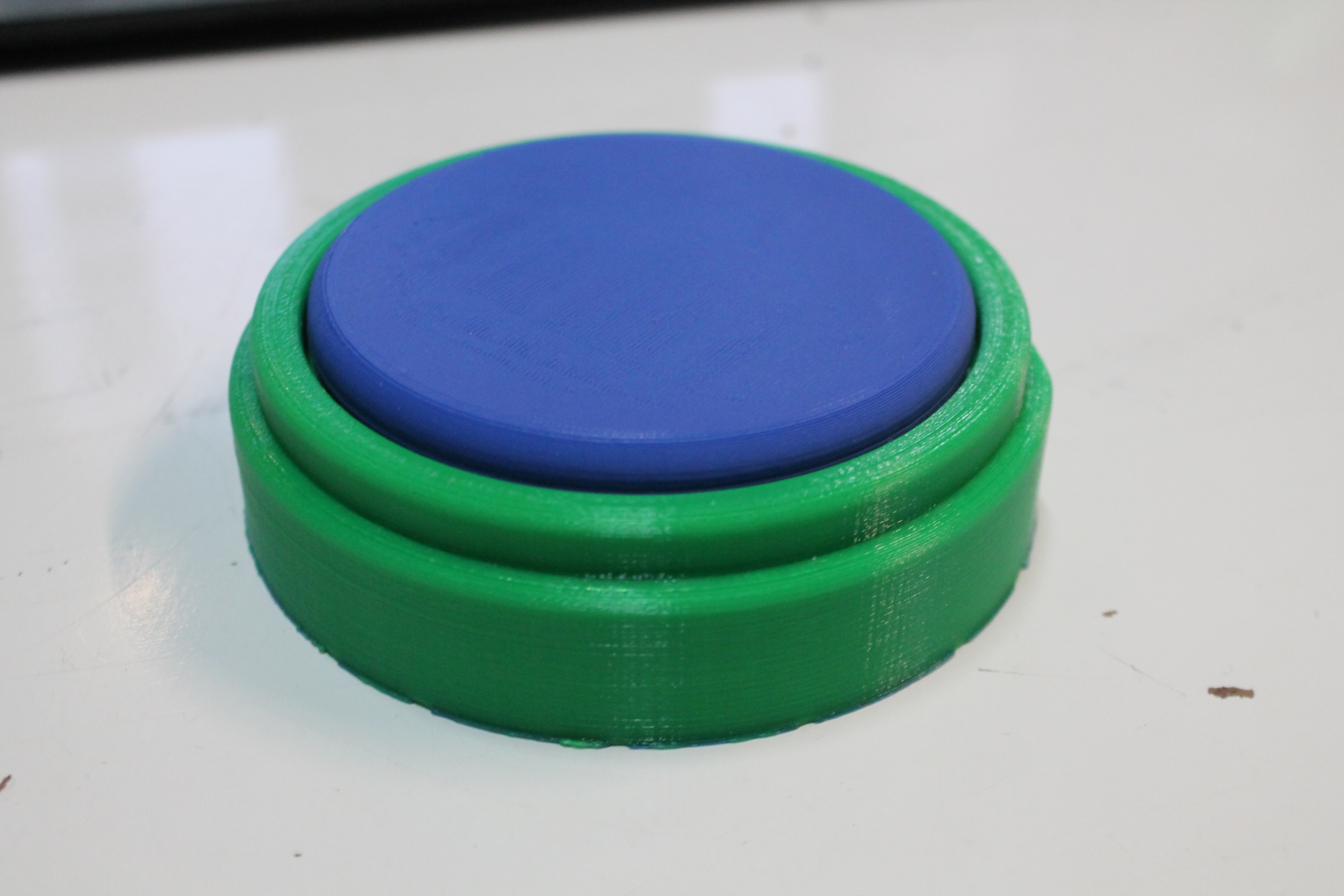My family drove out to Hot Springs, Arkansas for the solar eclipse earlier this week. While there we toured “Bath House Row” where the hot spring water is routed into historic therapy buildings where the water was believed to have healing properties.
The Fordyce Bath House is converted into a museum now, and we took a walk through. I’m struck by the (apparent) dichotomy, where the hot springs were held in belief to be an infinite natural resource that cured illnesses, and yet only the fairly wealthy could visit them. Part of the historical markers described how shanty-towns sprung up in the woods where migrant people could visit the hot springs, and that those areas were cleared out by law enforcement to protect the spring sources for bath houses.
One room in the Fordyce bath house stood out in particular to me: a separate hot spring bath with a lift built into the ceiling. As the plaque describes, the “Hubbard Tub Room” was used for:
Non-ambulatory patients were transported into this room and lowered into the Hubbard Tub by the wooden stretcher attached to the overhead tram. Therapy in this basin was recommended in cases of polio, arthritis, rheumatism, paralysis, and other ailments producing pain or stiffness in the joints or weak muscles. Similar forms of hydrotherapy are practiced today, especially for the treatment of athletic injuries.
I’m not very proficient in using Lemmy. Images are added in the comments below!


The Fordyce Bath House. These buildings were wooden shacks in the 1800s, and were replaced with the opulent resort buildings after a fire razed the street.
One of the hot spring sources. In a fountain outside you can touch the water, and it is HOT!
The Hubbard Tub Room. Complete with an elevator next door.
deleted by creator